- News
- Reviews
- Bikes
- Components
- Bar tape & grips
- Bottom brackets
- Brake & gear cables
- Brake & STI levers
- Brake pads & spares
- Brakes
- Cassettes & freewheels
- Chains
- Chainsets & chainrings
- Derailleurs - front
- Derailleurs - rear
- Forks
- Gear levers & shifters
- Groupsets
- Handlebars & extensions
- Headsets
- Hubs
- Inner tubes
- Pedals
- Quick releases & skewers
- Saddles
- Seatposts
- Stems
- Wheels
- Tyres
- Tubeless valves
- Accessories
- Accessories - misc
- Computer mounts
- Bags
- Bar ends
- Bike bags & cases
- Bottle cages
- Bottles
- Cameras
- Car racks
- Child seats
- Computers
- Glasses
- GPS units
- Helmets
- Lights - front
- Lights - rear
- Lights - sets
- Locks
- Mirrors
- Mudguards
- Racks
- Pumps & CO2 inflators
- Puncture kits
- Reflectives
- Smart watches
- Stands and racks
- Trailers
- Clothing
- Health, fitness and nutrition
- Tools and workshop
- Miscellaneous
- Buyers Guides
- Features
- Forum
- Recommends
- Podcast
feature
 Cav 2014 vs 2021 bikes.PNG
Cav 2014 vs 2021 bikes.PNGMark Cavendish’s Specialized S-Works race bikes : 2014 Venge vs 2021 Tarmac SL7
Many in cycling thought Mark Cavendish’s incredible career was going to fizzle out, with some winless years before he eventually wasn’t able to secure a contract. That scenario nearly came true, but thanks to a one-year deal with Deceuninck Quick-Step and an incredible victory on stage four of the 2021 Tour de France to mark his 31st TDF stage win, Cav has made it very clear that he’s far from done yet.
> Mark Cavendish wins third stage in three days at Tour of Turkey
The move back to Deceuninck Quick-Step was one that Cavendish has described as like coming home, and he’s also back with the bike brand which he found so much Tour de France sprint success with. Specialized has been a Quick-Step sponsor for a number of years now, and Cavendish made no secret of the fact that he was happy to be back aboard a Specialized; but he's been gone a while and in that time, quite a few changes have taken place. Here’s everything that's different between his 2014 race bike and the current 2021 offering...
Au Revoir, Venge
Before we get into the detail of the Venge vs Tarmac debate, Cav’s final bike from Specialized was actually the 2015 S-Works Venge Vias. Rumour has it that he wasn’t much of a fan of the Vias, and we’d also much rather take a look at his custom 2014 Venge. In our eyes, it’s a nicer-looking bike.
> Bike at Bedtime: Mark Cavendish’s 2014 Tour de France Specialized Venge
On with the bikes, and the biggest change for Cav is the absence of the Venge as a race bike option. Specialized-sponsored teams are only being given the S-Works Tarmac SL7 for 2021, with the American brand saying that the SL7 is pretty much on a par with the Venge in terms of speed while also being lighter. The public can still buy the Venge as a frameset, but you won’t find the pros racing it.
Disc-only
While the S-Works Venge that Cav was riding in 2014 was a rim brake bike, Specialized has made subsequent versions of the Venge and the current version of the Tarmac disc brake-only platforms.
What does that mean for a pro racer like Cavendish? Probably not a huge amount in reality, as race bikes are so well looked after by team mechanics and should your brakes be rubbing a little, you can always pull a spare bike from the roof of the team car if you have a problem.
Better braking will be an asset in the peloton, as the rider will be better able to stop when there is a slam-on of the brakes further up the bunch. Adverse weather is also made a bit easier, as hydraulic disc brakes maintain their power with more easily controlled modulation when the weather is cold and wet.
> Review: Merida Reacto Team-E 2021
Thankfully for Cavendish, he’ll be well used to disc brakes by now as the Merida Reacto of his former team, Bahrain McLaren, was also disc brake.
You can’t have tubulars either
Specialized-sponsored teams have only got one bike to pick from, and now they’re being forced to race on… clinchers!
> Did the 2020 Tour de France spell the end of the tubular tyre?
The lack of tubular tyres doesn't seem to be slowing the riders down though. Cavendish has won plenty of races this year, and Kasper Asgreen made Deceuninck Quick-Step’s whole season by winning the Tour of Flanders before Cav entered the arena at Le Tour.
SRAM Red is out, Shimano Dura-Ace is in
Cav’s 2014 bike had SRAM Red 11-speed mechanical shifting. While SRAM has updated this to the wireless and electronic 12-speed AXS shifting, Cavendish’s 2021 bike uses Shimano’s 11-speed Dura-Ace Di2 gearing.
> Could this be the new Shimano Dura-Ace 9200 dual control lever?
Being on a Shimano-sponsored team, Cavendish takes his power data from the Shimano power meter crankset, whereas he was using a power meter from the SRAM sub-brand Quarq on his 2014 bike. Both are dual-sided designs, so there isn’t a huge amount of difference.
Wheels have become super wide
Back in 2014, Cavendish had the Zipp 404 tubular wheels; and while they didn’t use a narrow rim by any means, the Roval Rapide CLX front wheel is, at 35mm, a properly wide rim by road bike standards.
> Review: Roval Rapide CLX
The theory here is that the wider rim helps you to cut through the air more efficiently, while also decreasing the twitchiness of the front wheel in crosswinds. The Deceuninck Quick-Step team runs latex tubes inside the S-Works Turbo Cotton tyres for the lowest rolling resistance possible.
Now Look here, I want Shimano pedals!
Shimano’s sponsorship of the team also means that Cavendish can keep the Dura-Ace pedals that he used at Bahrain McLaren. In 2014 he was using the Look Keo Blade pedals. We’d theorise that, as a sprinter with plenty of power, Cavendish would probably have been using the 20Nm carbon release plate.
Where have the cables gone?
Along with the move to disc brakes, Specialized has been busy hiding away the cables from the front end of its road bikes while Cav has been away.
The S-Works Tarmac SL7 features a special headset design that allows the brake hoses and any shift wires to be routed up through the headtube, before they emerge to follow the underside of the stem.
Hiding the cables helps with aero according to Specialized, and pretty much every other road bike manufacturer; although the jury is out as to how many watts this saves. It certainly looks cleaner, but working on the headset bearings does become a right pain.
So, those are the changes that have been made since 2014. Which one do you prefer, and do you reckon Cav will surpass Eddy Merckx' record at this year's Tour de France? Answers in the comments please!
Latest Comments
- Rendel Harris 1 min 34 sec ago
I would love to see him do it but I have my doubts; the reason he could ride away from MVdP et al yesterday was because he had softened them up...
- cyclisto 6 min 43 sec ago
Agree, this bike is what 95% need to commute, with few if any compromises at a very reasonable price. Everything is relative after all, it is high...
- Rendel Harris 7 min 30 sec ago
Thanks Steve, that's useful to know, I shall try it next week with Roubaix and hope that they don't switch to advertisements just as Pogacar puts...
- leedorney 20 min 31 sec ago
This self driving car thing or generally, I don't know why a gadget can't be invented whereby a car will see a cycle in the vicinity in the road...
- CmdrBiggles 1 hour 10 min ago
Nice they are out of the box (28-622) and easy to fit, but my first puncture, in the centreline of the tread, occurred at 133km, and it was none of...
- kcr 5 hours 52 min ago
I think Livingston (no "e") has the best cycling infrastructure I have seen in Scotland. It has an extensive network of paths that are actually...
- kcr 6 hours 32 min ago
I'd say it is an extremely rare condition for most cyclists or runners.
- ErnieC 9 hours 18 min ago
or Team Bahrain ... selective outrage.
- newbankgyratory 10 hours 20 min ago
This website offers suitable data: https://www.automobiledimension.com/large-suv-4x4-cars.php
- newbankgyratory 10 hours 53 min ago
Perhaps park the goods in a US Customs Bonded warehouse and then import them out of there when the tariff nonsense settles down?...

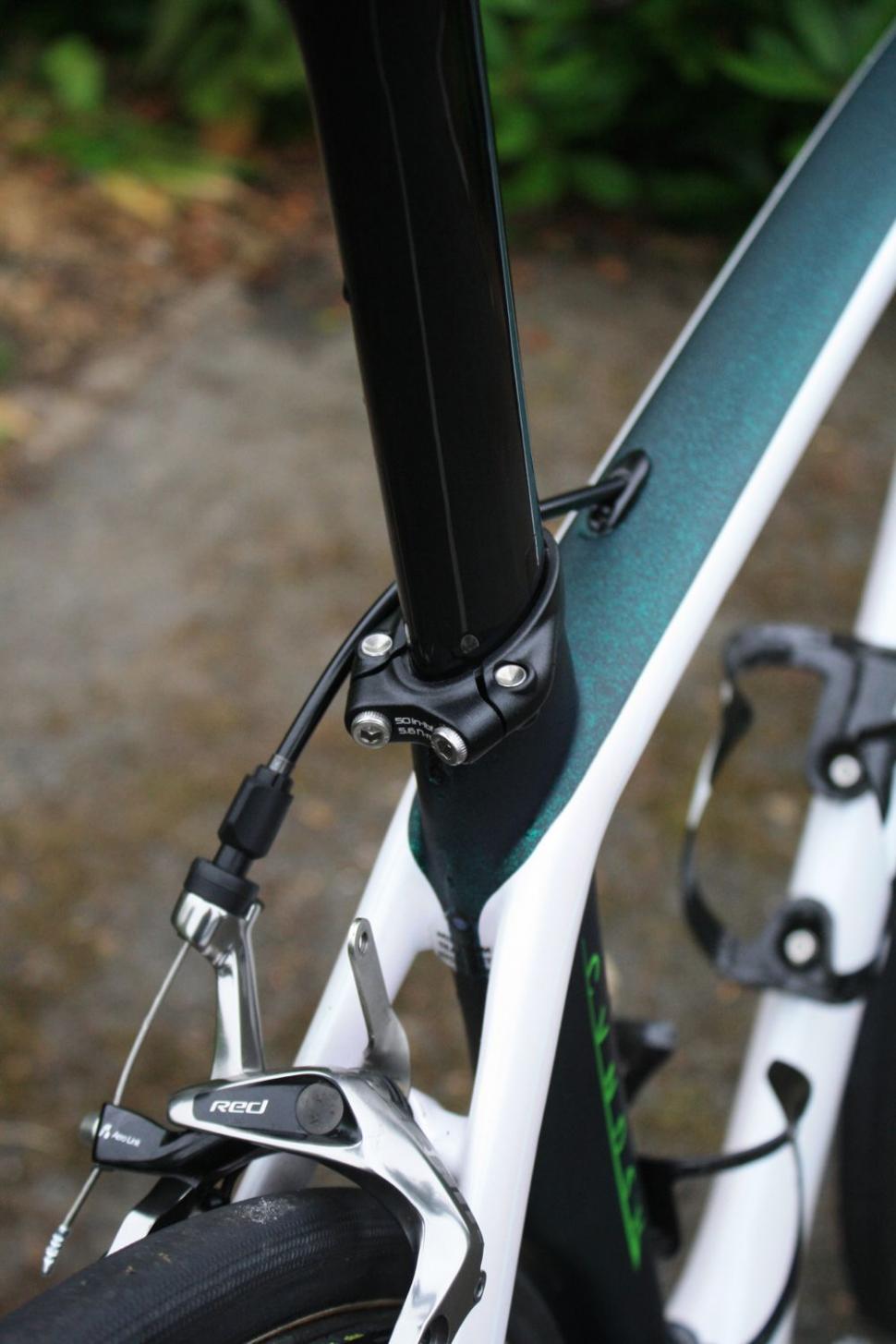

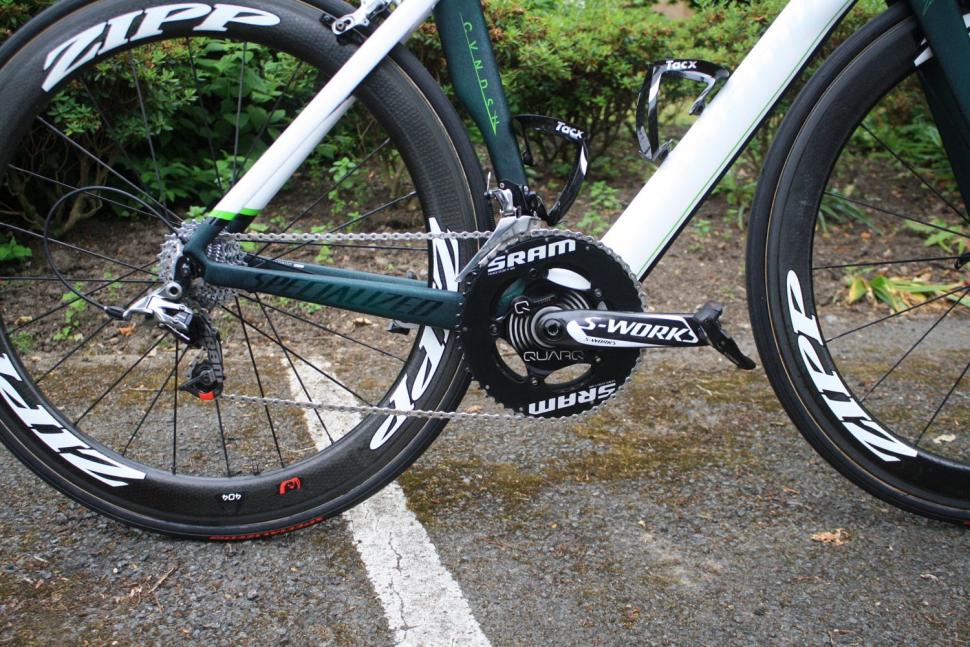
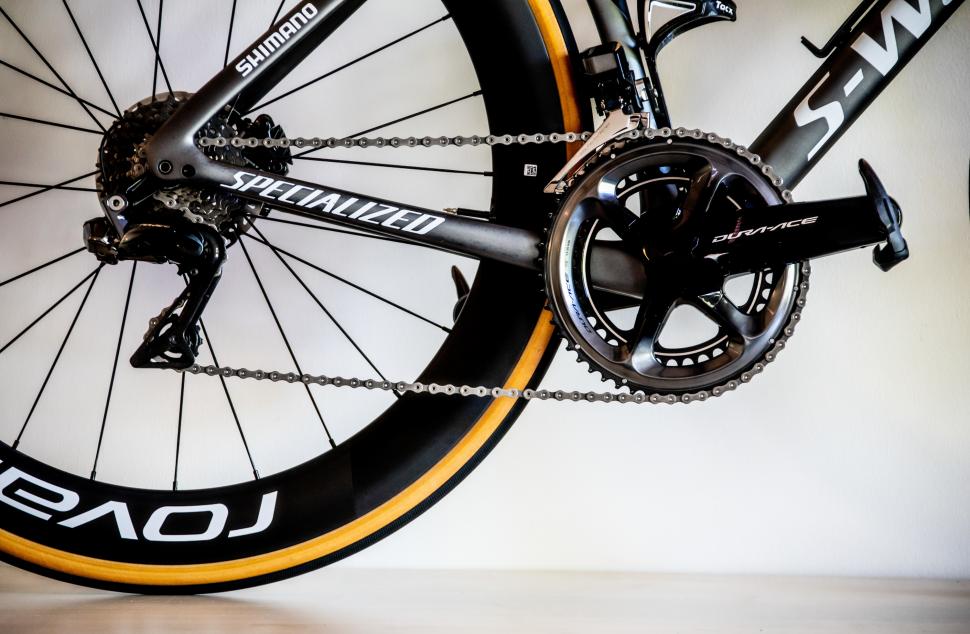
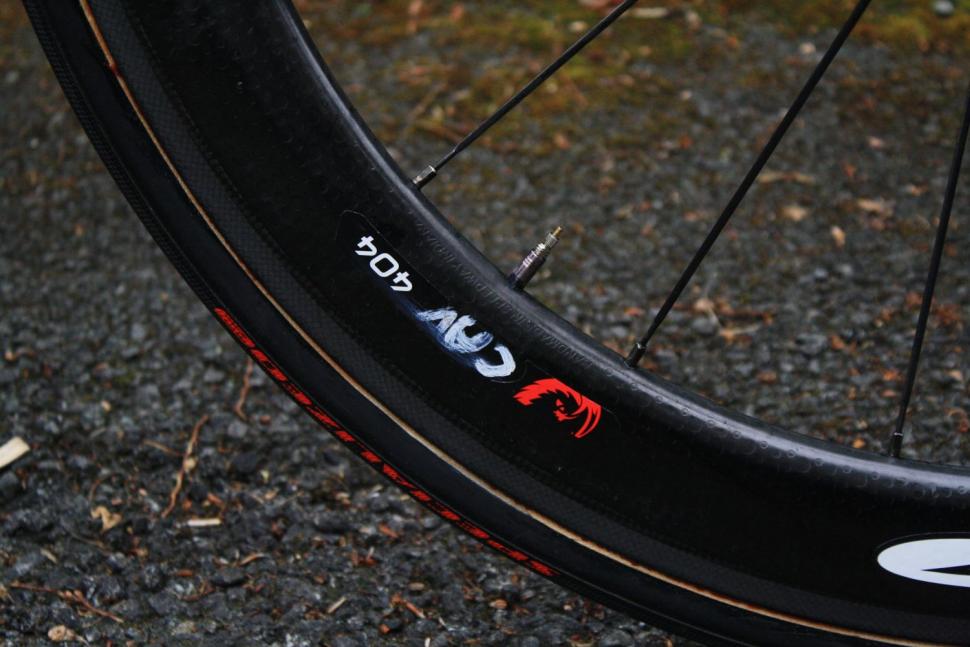
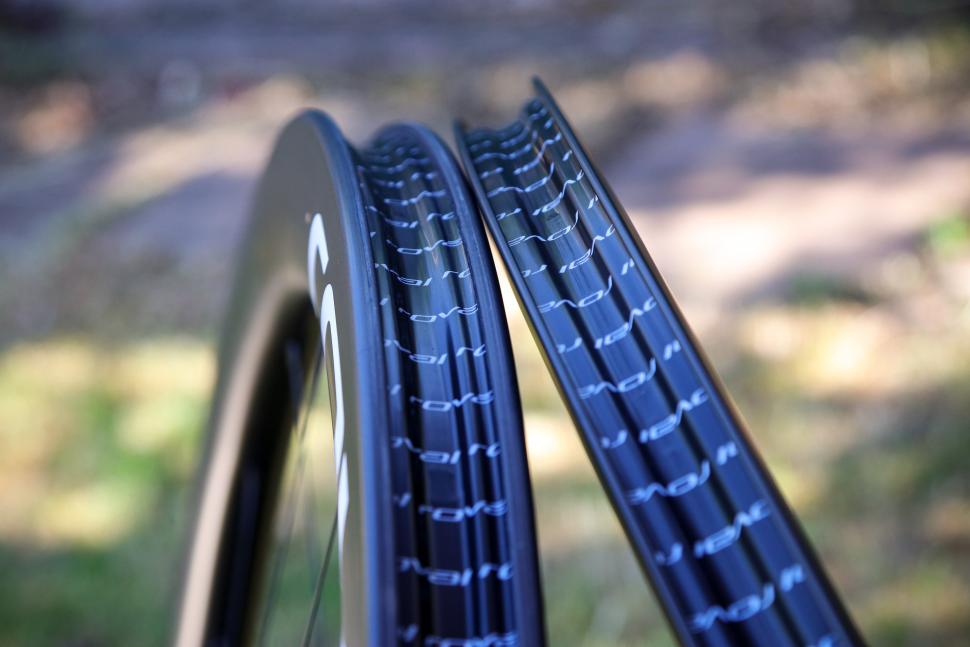
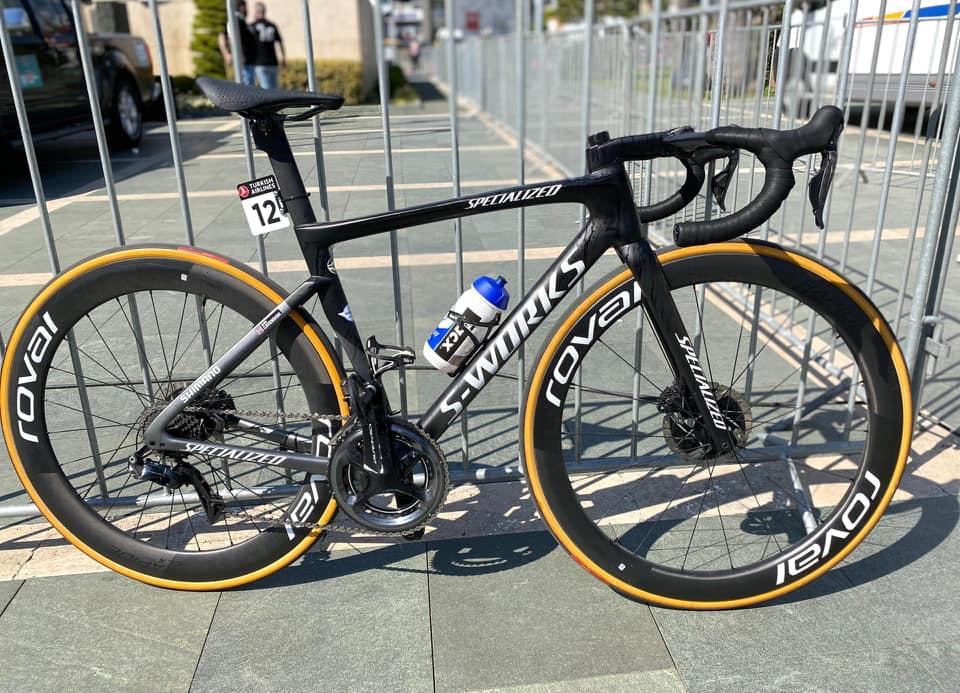
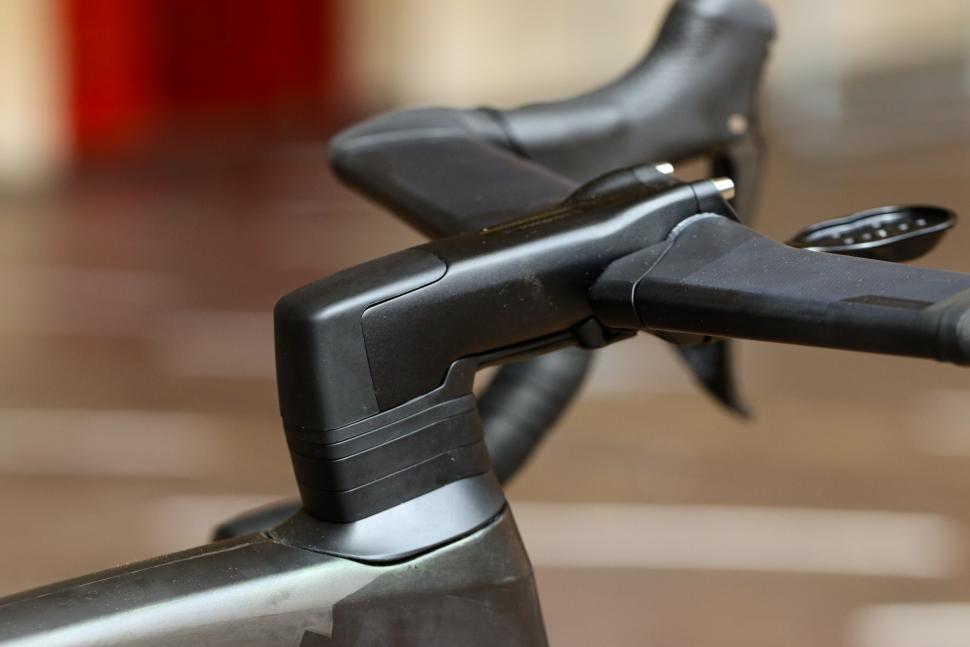
Add new comment
4 comments
Great article, really interesting!
What are the Cav measurements? Have they changed over the years?
There was a magazine article a few years ago that quoted Cav as 5' 9" and 73kgs.
I was chuffed because that's the same as me, but someone who had stood near Cav said he was a lot shorter than me.
Yep he's shorter than that and chunky in the way you'd expect a champion sprinter to be built - or healthy looking to use common parlance.
When I saw his bike at the tour de france (2011 - 5 stage wins) I was suprised at how small the frame was; his bikes always have amazing bespoke paint jobs, the one I saw had japanese samurai artwork.
Mark Cavendish (2014)
Rider's height: 1.75m (5ft 8in) Frame: Specialized S-Works Venge, 49cm
Rider's weight: 75kg (165lb) Fork: Specialized S-Works FACT
Saddle height from BB, c-t: 680mm Stem: Zipp SL Sprint, 120mm x -12°
Saddle setback: 40mm Handlebar: Zipp SL, 42cm (c-c)
Seat tube length (c-t): 467mm Saddle: Specialized S-Works Toupe, 143mm
Tip of saddle to center of bar: 526mm Crankset: S-Works QuarQ 170mm, 53/39T
Saddle-to-bar drop: 70mm Cassette: SRAM PG-1170, 11-26T
Head tube length: 100mm Pedals: Look KéO 2
Top tube length: 518mm (effective)